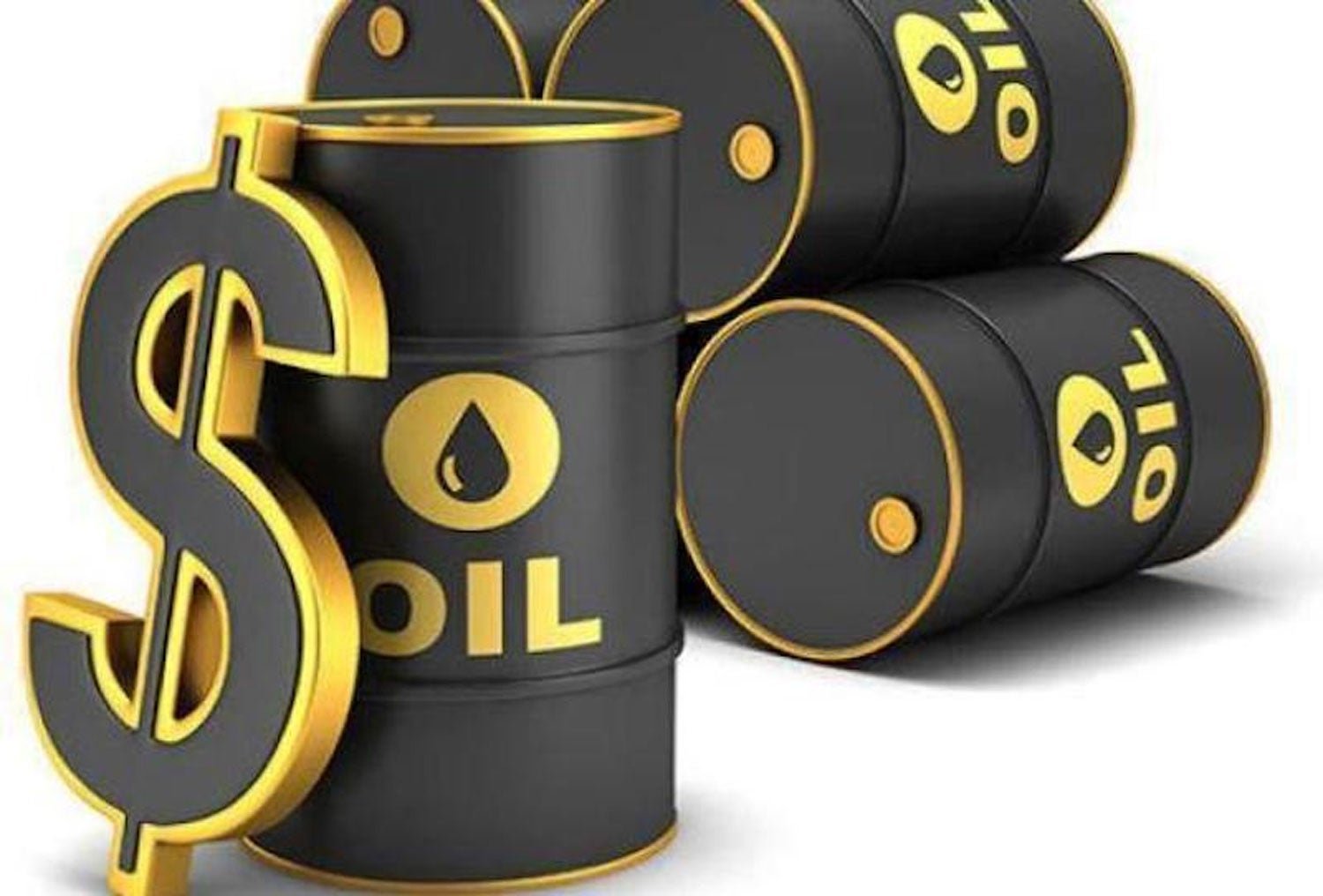By Eyo Nsima
Despite limited supply, the prices of crudes continue to hover at more than $80 per barrel in the international oil market.
Data released by the American Petroleum Institute (API) indicated that oil inventories in the United fell this week by 6.083 million barrels, thus fuelling limited supply and high prices.
Specifically, the development was expected to drive crude prices toward $90 per barrel in the global market.
But the prices of many types of crude, including Nigeria’s Bonny Light and United Kingdom Brent, continue to hover at $80.15 and $80.75 per barrel respectively.
World oil demand
However, in its April 2023 Monthly Oil Market Report, MOMR, the Organisation of Petroleum Exporting Countries, OPEC, stated: “The world oil demand growth estimate for 2022 remains at 2.5 mb/d, broadly unchanged from last month’s assessment. For 2023, it is also unchanged from the last month’s assessment at 2.3 mb/d. There are minor downward adjustments reflecting the latest developments in the OECD region, primarily in OECD Americas and OECD Europe. However, the stronger-than-expected demand seen in non-OECD in January and February necessitated some upward revisions. Oil demand in the OECD is forecast to increase by 0.1 mb/d in 2023, while the non-OECD is forecast to grow by 2.2 mb/d.”
World oil supply
It also stated: “The non-OPEC liquids supply growth estimate for 2022 remains at 1.9 mb/d, broadly unchanged from the previous month’s assessment. The main drivers of liquids supply growth for 2022 were the US, Russia, Canada, Guyana, China, and Brazil, while the largest declines were from Norway and Thailand. For 2023, non-OPEC liquids supply growth remains broadly unchanged from last month and is forecast to grow by 1.4 mb/d.
“The main drivers of liquids supply growth are expected to be the US, Brazil, Norway, Canada, Kazakhstan, and Guyana, while the decline is expected primarily in Russia. Large uncertainties remain over the impact of the output perspective for US shale in 2023. OPEC NGLs and non-conventional liquids are forecast to grow by 0.1 mb/d in 2022 to an average of 5.4 mb/d and by 50 tb/d to an average of 5.4 mb/d in 2023. OPEC-13 crude oil production in March dropped by 86 tb/d m-o-m to average 28.80 mb/d, according to available secondary sources.”
World economy
The report also stated: “The world economic growth forecast for 2022 is revised up slightly to 3.3%, given better-than-anticipated economic performance in 2H22 in various key economies. The 2023 global economic growth forecast remains unchanged at 2.6%. For the US, the economic growth forecast is unchanged at 2.1% for 2022 and 1.2% for 2023. Similarly, the Eurozone’s economic growth forecast remains at 3.5% for 2022 and 0.8% for 2023. Japan’s economic growth forecast for 2022 remains at 1%, while growth for 2023 is revised down to 1% from 1.2%. China’s economic growth forecast remains at 3% for 2022 and 5.2% for 2023. India’s 2022 economic growth estimate remains at 6.7%, with the forecast for 2023 at 5.6%. Brazil’s economic growth estimate remains at 2.9% for 2022 and is also unchanged at 1% for 2023. Russia’s contraction estimate is unchanged at 2.1% in 2022 and is expected to be followed by a smaller contraction of 0.5% in 2023, unchanged from last month. Although some growth momentum from 2H22 is expected to carry over into 1H23, the global economy will continue to navigate through challenges including high inflation, higher interest rates particularly in the Euro-zone and the US, and high debt levels in many regions.”








